Optimal Timing for Treadmill Moving
Treadmill movings are most effectively scheduled during periods of low activity and favorable weather conditions. Typically, the optimal times are early mornings or late evenings when traffic and pedestrian activity are minimal. Choosing these times reduces the risk of delays and ensures smoother transportation.
Additionally, scheduling during weekdays can avoid weekend congestion, especially in urban areas. Proper planning around weather forecasts is also crucial, as adverse conditions like rain or snow can complicate moving processes. Accurate timing helps prevent damage to equipment and ensures safety for all involved.
Avoid peak moving seasons such as summer months and year-end periods when demand and traffic are higher.
Schedule during clear weather to prevent delays caused by rain, snow, or strong winds.
Weekdays often have less traffic, making mid-week moves more efficient.
These times typically experience less congestion, facilitating smoother transit.
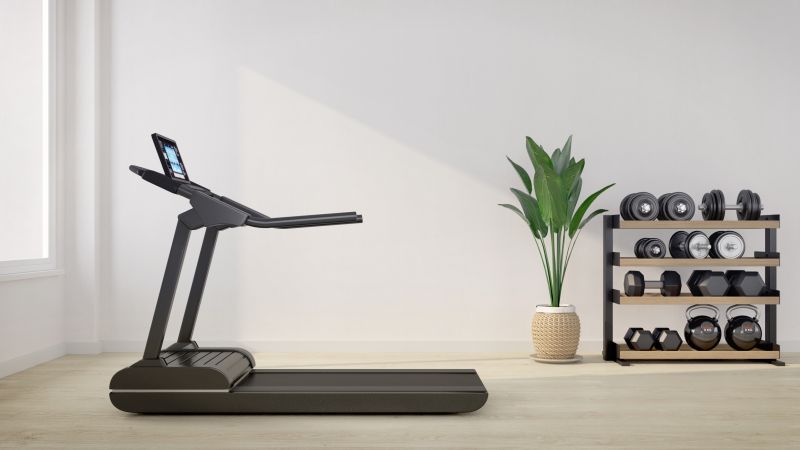
Proper tools and protective gear are essential for safe and efficient moves.

Effective scheduling minimizes disruptions and delays.

Careful handling prevents damage during transportation.
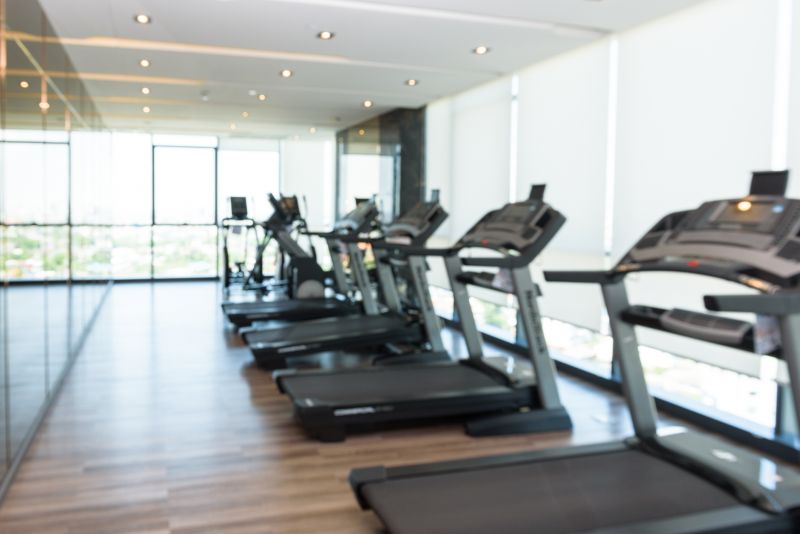
Ways to make Treadmill Movings work in tight or awkward layouts.
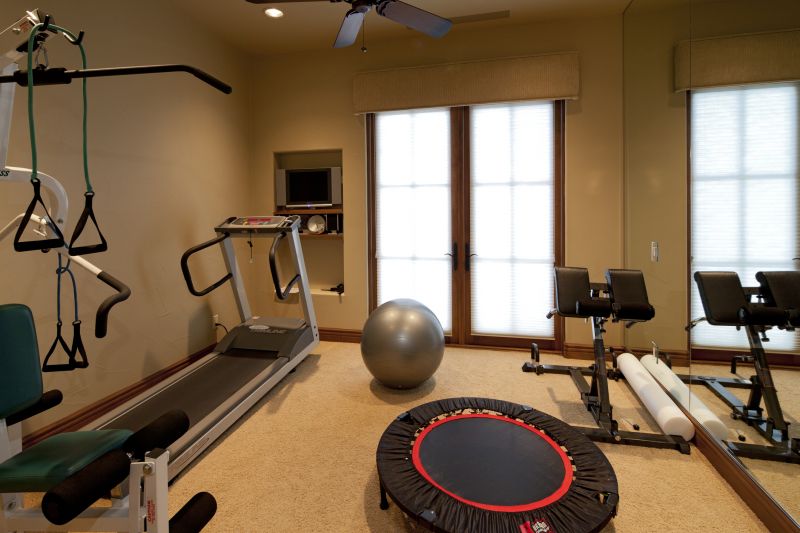
Popular materials for Treadmill Movings and why they hold up over time.

Simple add-ons that improve Treadmill Movings without blowing the budget.
| Best Time to Move | Key Considerations |
|---|---|
| Early mornings | Less traffic, cooler temperatures |
| Late evenings | Reduced pedestrian activity |
| Weekdays | Lower congestion levels |
| Avoid peak seasons | High demand periods |
| Check weather forecasts | Prevent weather-related delays |
| Coordinate with building management | Ensure access and permissions |
| Plan ahead | Avoid last-minute scheduling |

Scheduling at optimal times improves safety and reduces costs.

Proper timing ensures smoother transit routes.
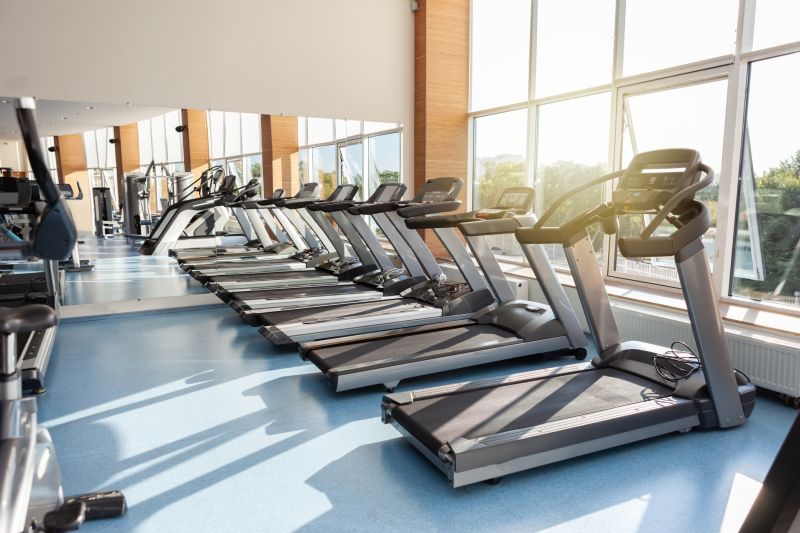
Using appropriate tools minimizes risk of damage.

Preparation reduces delays and promotes safety.

High-end options that actually feel worth it for Treadmill Movings.

Finishes and colors that play nicely with Treadmill Movings.

Little measurements that prevent headaches on Treadmill Movings day.
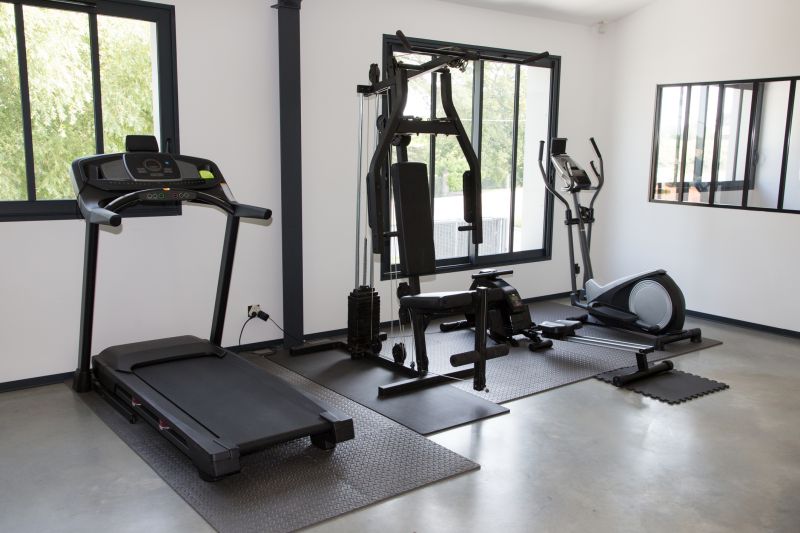
A 60-second routine that keeps Treadmill Movings looking new.

A frequent mistake in Treadmill Movings and how to dodge it.
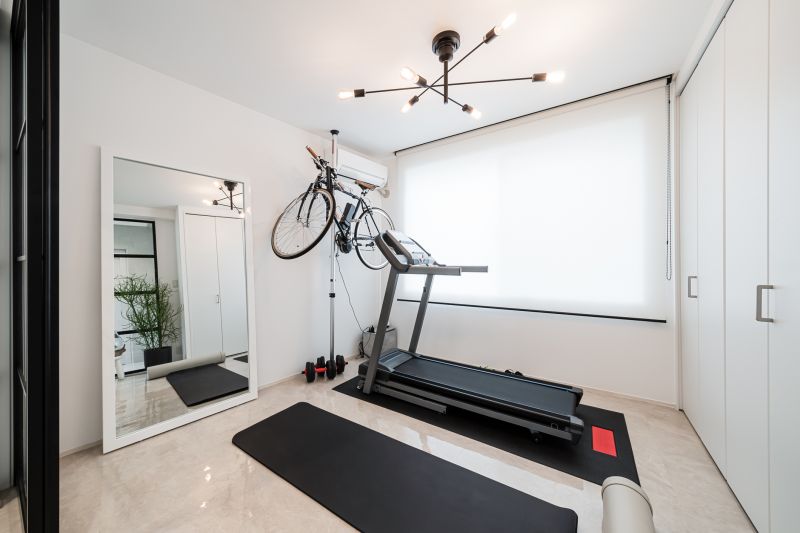
Small tweaks to make Treadmill Movings safer and easier to use.

Lower-waste or water-saving choices for Treadmill Movings.

The short, realistic tool list for quality Treadmill Movings.
Choosing the right time for treadmill movings can significantly impact the safety and efficiency of the process. Proper planning involves considering traffic patterns, weather conditions, and building schedules. Effective timing minimizes potential damages and delays, ensuring a smooth transition to the new location.
For those interested in scheduling treadmill movings, filling out the contact form provides an opportunity to discuss specific needs and preferred timings. Accurate planning and timing are essential for a successful move, making it important to coordinate well in advance.
